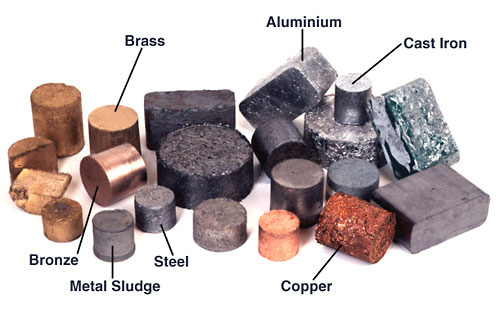Prez Bhandari addressing Federal Parliament at 4 pm today
President Bidhya Devi Bhandari is addressing the Federal Parliament at 4:00 pm today. For the first time after parliamentary elections, President Bhandari will be addressing both the houses — the House of Representatives and the National Assembly, as per the Article 95 (2) of the Constitution. The Cabinet on Monday fixed today’s date for the president to deliver a speech in the Federal Parliament. Also, Minister for Home Affairs Ram Bahadur Thapa on Monday wrote to the Office of the President to issue the enactment, 2074 — constituted for management of the election to the State Assembly Members — as per the Article 114 (2) Section “Ka” in both the houses. It has been assumed that the head of the state would offer congratulations to the authorities on holding the elections successfully and urge the newly formed government to lead the country towards the path of development and prosperity.




